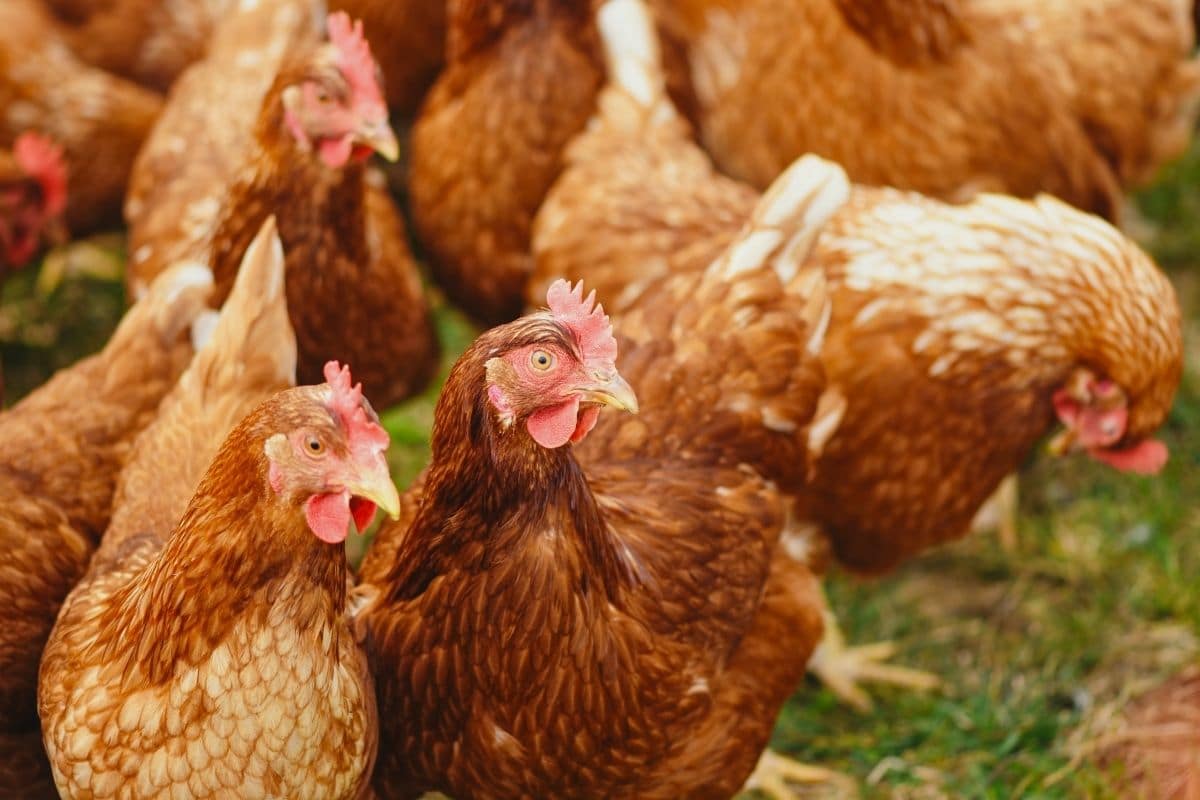

Avian flu transmission from bird to human is very rare and has only occurred a few times to date.
A person has been infected with bird flu in the southwest of England. The person contracted the infection through very close and regular contact with a large number of birds, which were kept in and around the house for a long period of time. The transmission of bird flu from birds to humans is very rare. The World Health Organization has been notified of the incident.
bird flu
Bird flu is a contagious disease that affects poultry (such as chickens or turkeys) and other wild bird species (such as ducks, pigeons and swans). Bird flu can be caused by many different flu viruses (virus types). The so-called H5N1 strain is currently circulating among birds in the United Kingdom. In extremely rare cases, some virus types can jump from animals to humans. This only happens with direct and intensive contact between infected birds and humans. At the moment it is not yet clear whether the infected person, who is otherwise feeling fine and is in quarantine, also has H5N1 among the members. But that seems plausible.
People who get sick with bird flu get the same symptoms as with a normal winter flu: fever, headache, muscle aches, cough or eye inflammation (conjunctivitis). The disease is usually mild. In Asia, however, there are also different types of bird flu virus that can cause serious complaints.
“The potential human infection with an H5 bird flu virus is the first in the UK,” said Ian Brown, chief of virology at the Animal and Plant Health Agency. “There have been a very small number of human cases over the years, but all with other virus types (H7) and not with H5. This may be the first reported case in humans with this particular H5N1 strain. It is therefore an extremely rare event, even though this virus is currently affecting bird populations mainly in Asia, Europe and Africa.”
Rare
Although it is possible that people can get bird flu from infected birds, this is, as mentioned, quite rare. It usually requires close contact with an infected bird. And so the risk to humans is generally considered very low. Moreover, it is virtually non-existent that bird flu is passed on from person to person. “There is no need for unnecessary alarm,” Brown said. “The risk to humans is quite small. In addition, there is no evidence that this virus can be passed from one person to another.”
alert
Despite these somewhat comforting facts, experts are on the alert. Especially with the corona crisis so fresh in our minds. “Although the risk is low, we know that some strains can transfer to humans,” said Isabel Oliver, chief scientist at the UK Health Security Agency. “That’s why we need robust systems to detect them early and take action. There is currently no evidence that the strain detected in the UK can spread from person to person. But we know that viruses are constantly evolving. We will therefore continue to monitor the situation closely. We have traced all contacts of the infected person and have not identified any further spread.”
The Netherlands
Meanwhile, the H5N1 virus is also roaming around in the Netherlands. In the town of Bentelo, located in the province of Overijssel, a highly pathogenic H5N1 bird flu has been diagnosed in laying hens on a poultry farm. To prevent the spread of the virus, all 120,000 animals have been culled. Next to the infected farm is another poultry farm of the same owner, where the same caretakers work. This company with approximately 69,000 chickens has been culled as a preventive measure.
Action
Experts emphasize that people should not touch sick or dead wild birds that may be carrying the virus. In addition, everything is done in England to prevent further spread. “We took swift action to limit the spread of the disease in the affected location,” said Christine Middlemiss, the Chief Veterinary Officer of the United Kingdom. “All infected birds have been humanely euthanized and the property is being cleaned and disinfected.”
In addition, everyone who has been in contact with the infected person is monitored. “We are in daily contact with the highest-risk cases to see if they develop symptoms so that we can take appropriate measures in a timely manner,” Middlemiss said. “People are also offered antiviral treatment after coming into contact with infected birds. This helps reduce the risk of passing the infection on to others. Finally, we even take swabs from people when they have no symptoms. Because that way we can ensure that anyone who may be infected is detected early.”
Source material:
“Human case of avian flu detected in UK” – Government UK
“expert reaction to person with bird flu” – Science Media Center
“Bird flu in poultry in 2021/2022” – WUR
“bird flu” – RIVM
Image at the top of this article: Alexas Photos via Pexels